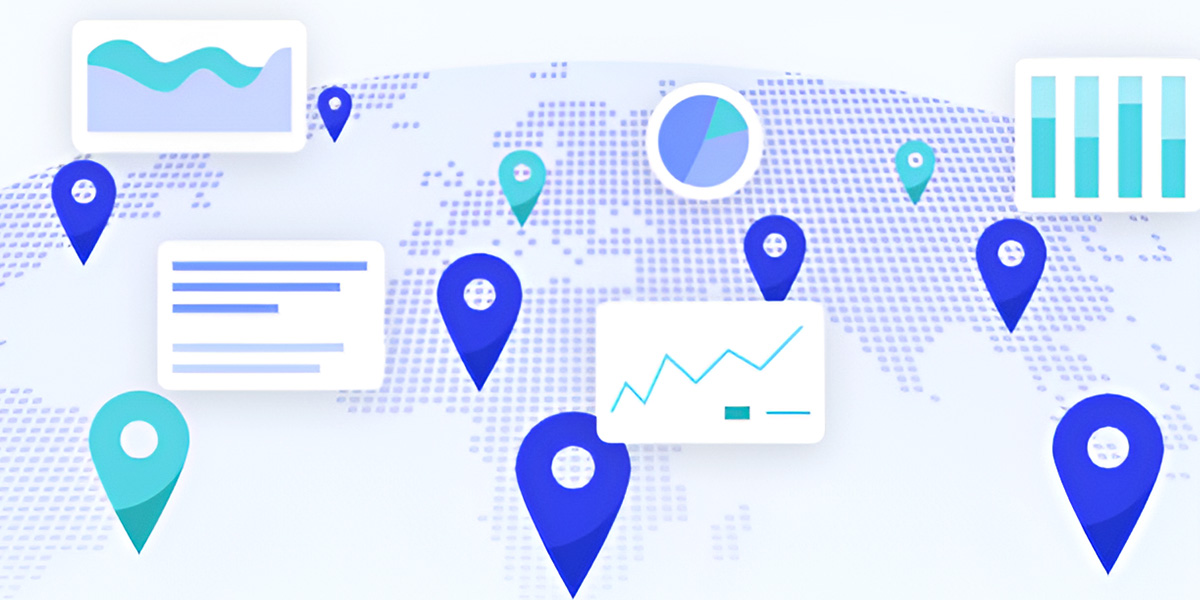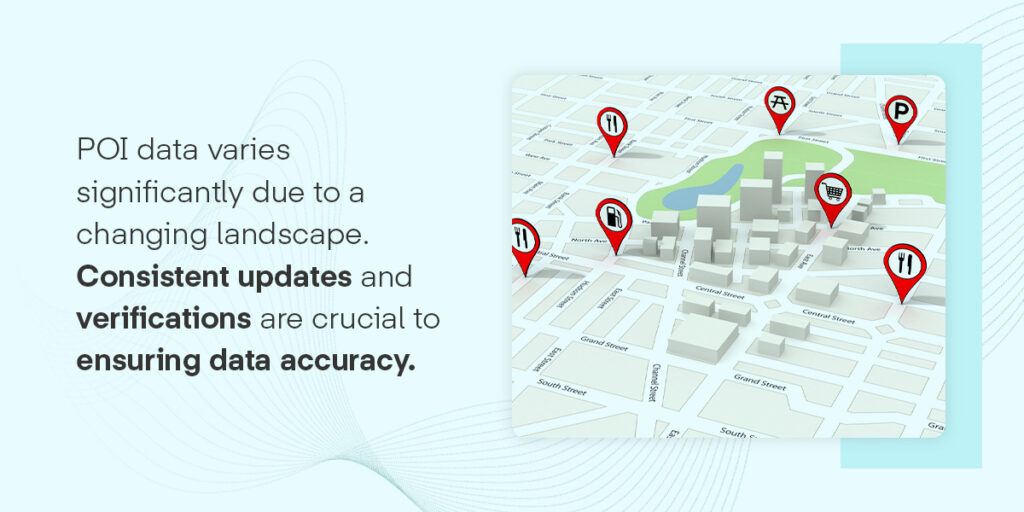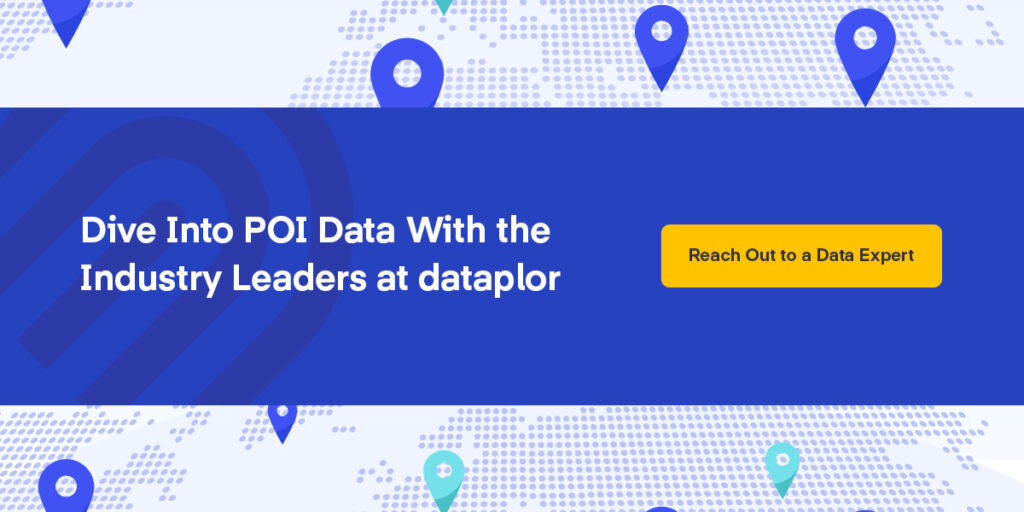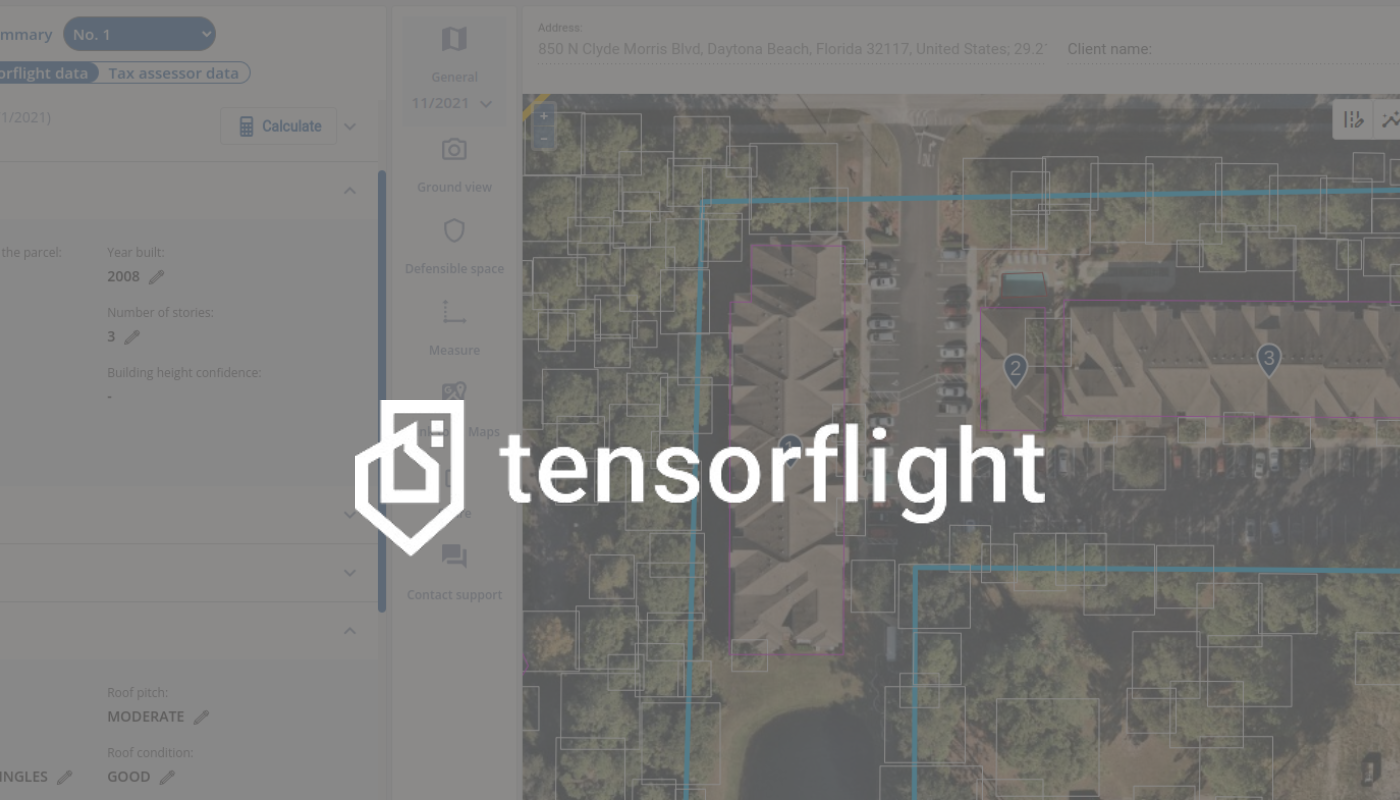
Location Intelligence Data
Technology is transforming the way companies are growing. Location data intelligence is valuable geographic information collected by sophisticated technologies and software platforms to aid businesses in problem-solving and planning. dataplor is the leading location intelligence service provider trusted by some of the world’s foremost companies.
What Is Location Intelligence?
Location intelligence is the knowledge gained by analyzing geospatial information collected from geographic information systems (GIS). Using satellite imaging, drones and census reports streamlines collection procedures to gather addresses, coordinates and spatial data. Businesses use this information to develop a thorough understanding of their points of interest (POIs), creating multilayered visualizations to empower decision-making procedures. They study patterns, relationships and trends to understand the current climate, predict future characteristics and identify potential business opportunities.
A complete list of data points that can support your POI data are:
- Demographics
- Weather
- Environment
- Economy
- Geographies
- Behavior
Applications of Location Intelligence Solutions
Location data holds the key to unlocking a smarter way to do business. With the growing utilization of technology and sensors, organizations can collect detailed information about a region to get more insight into how to optimize their business strategies for success. Sectors like retail, insurance, real estate and health care are among the industries that leverage location intelligence solutions to facilitate informed decision-making and maximize revenue.
Some common uses of this type of information include:
- Mapping: Geospatial data enables professionals to create easy-to-understand visualizations to identify patterns and potential relationships within and between locations.
- Consumer insights: Location-based marketing intelligence can teach businesses more about how POIs will perform, what products will become popular and how consumers will interpret marketing efforts.
- Site selection: Location insights allow organizations to weigh the pros and cons of potential retail locations to find a space that sets their business apart from the rest.
- Competitor investigation: Gain a deep knowledge of the competition to identify market opportunities and minimize risk.
Acquire Location Insights From dataplor
dataplor is a leading provider of location intelligence that your business can count on. We understand the impact that high-quality data can have on a business and strive to make that information more accessible than ever. Our service is supported by advanced machine learning, image recognition and artificial intelligence technologies. These tools examine a vast range of data within more than 250 million locations in over 200 countries to ensure you have the knowledge to grow in countless markets.
With the dataplor experts by your side, you can trust that the information you’re receiving is accurate and current. We’ve assembled an international team of analysts, human validators and scientists to double- and triple-check our datasets. They leverage their local experience and language fluency to identify duplicates, reduce errors and catch inaccuracies. Collect our real-time data that combines hundreds of sources to ensure your judgments are reliable.
Reach out to Our Experts for More Information
dataplor is a location intelligence company with a global reach to ensure your business has what it needs to maximize its potential. Our industry-leading quality control procedures ensure you receive highly accurate and relevant location data intelligence you can trust.
Partner with a provider committed to delivering the best data on the market. Contact our experts online to learn how our service can strengthen your business strategies.













